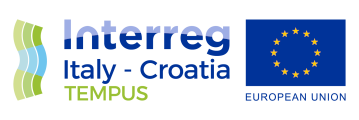Sed ut perspiciatis unde omnis iste natus error sit voluptatem accusantium doloremque laudantium, totam rem aperiam, eaque ipsa quae ab illo inventore veritatis et quasi architecto beatae vitae dicta sunt explicabo. Nemo enim ipsam voluptatem quia voluptas sit aspernatur aut odit aut fugit, sed quia consequuntur magni dolores eos qui ratione voluptatem sequi nesciunt.
PILOT DESCRIPTION
The City of Rijeka chose the city center with the port area as a pilot area.
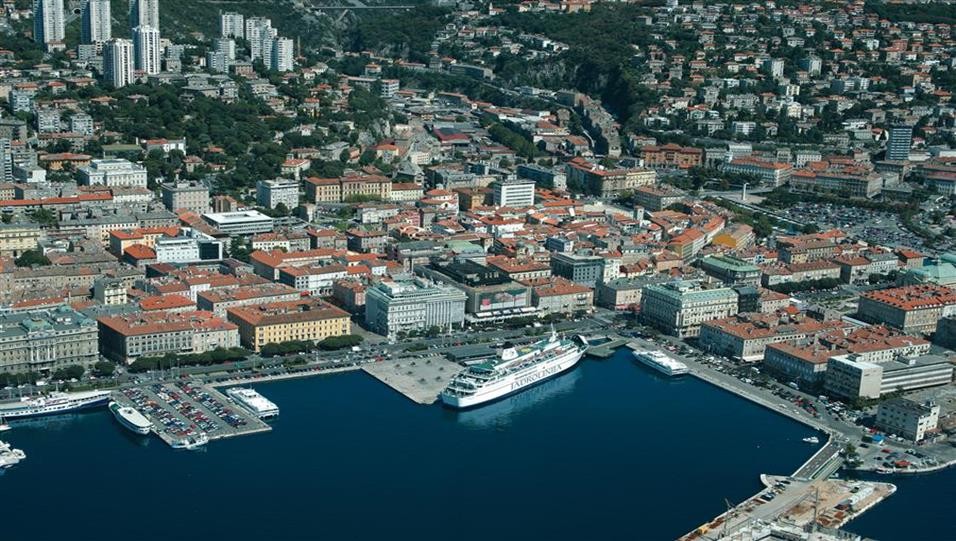
This area was chosen, because it directly correlates with the orientation of the project towards the port heritage, while at the same time, due to reasons of accessibility and the projects that are being implemented, it provides added value for the activities in the TEMPUS project.
The reasons prevailing were the accessibility of the area for citizens and tourists, though several more locations were pointed out as interesting for tourists, but lacking of transport ties and additional content. The intention is to incorporate the best features of several ongoing cultural events in Rijeka, that are also focused on our port heritage and traditional shipbuilding preservation that can help us to boost the pilot`s impact.
The city of Rijeka is characterized by continuous construction on the coastal part with a small depth of construction, so that the pilot area itself belongs to the most loaded spatial units and is an area of exceptional concentration of various functions: port, traffic, infrastructure, administrative, trade-business, cultural, health, school and higher education, religious, housing and others.
The available area and the degree of construction of the city in the light of complex relief relations is a permanent problem that the city in different development phases perceived as a problem and solved it that way. It must be stated that the city, for the most part, consumed its coastal spatial resource. The existing modest spatial solutions of some functions, especially transport, public and social, must be significantly improved in the next development cycles, and the available free surfaces as well as the surfaces and complexes that must be reconstructed must be directed to solve these needs. Unlike other cities, namely TUA, Rijeka did not decide on infrastructure interventions, but on mapping, monitoring, strategic planning related to the pilot area.
During the implementation of the TEMPUS project, there were several turning points, which on the one hand had a significant impact on the pilot area, i.e. the further development guidelines of the pilot area, and on the other hand, on the definition of priorities in the area of implementation of the TEMPUS project.
CONNECTING PROJECTS
Creation of a coherent picture of the pilot area, through the scoping out existing and planned activities, unification, mapping and definition of cross-sectional elements of cultural and natural heritage, permanent, temporary and occasional uses of this heritage through various types of manifestations, and defining focal points and projects important for the further development of the area.
Opening of the ECOC Rijeka 2020 – Using the Port and Port heritage as a temporary stage
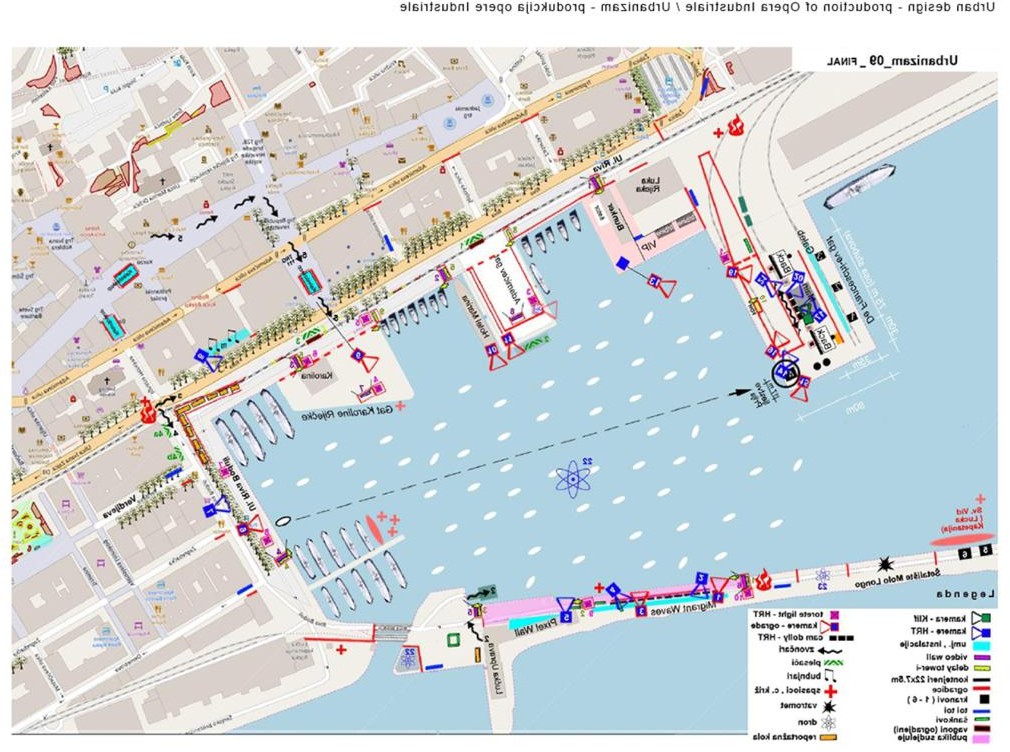
In the history and present of the city, the port is a symbol of modern and open Rijeka, and the port’s values of diversity are reflected in the harmony that is only possible in a port that accepts sails of all colors. In the opening program, Rijeka pays tribute to the workers, the artistic avant-garde and the tradition of the region that surrounds it, and at the same time reminds the fundamental social values on which modern Europe was built.
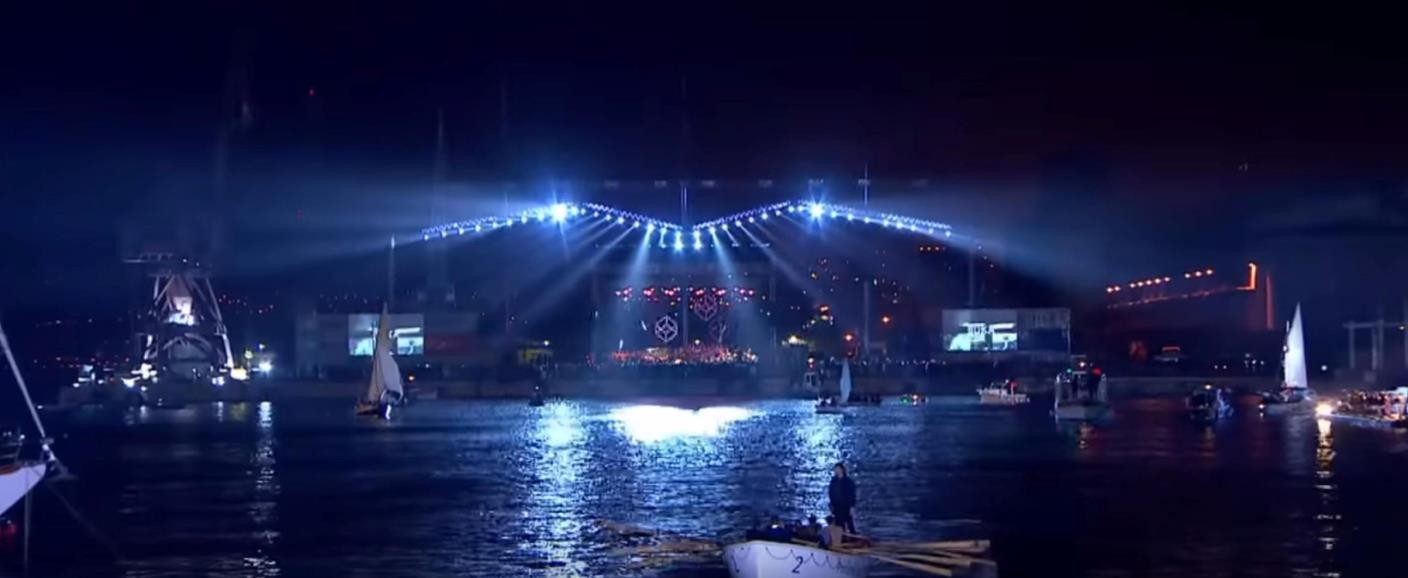
Legacy of the CLIC project (funded under HORIZON 2020)
SOCIO-ECONOMIC CREATION OF THE CULTURAL CORRIDOR Creating possibilities for new destination uses of cultural heritage buildings and enabling their adaptive reuse in the light of Historic urban Landscape is the main focus of the second objective. For establishing a creative and flourishing ecosystem for the facilitation of stakeholders and local initiatives actions, strengthening their collaboration and participation for co-creation of programmatic, economic and social diversity, the active matching of potential users and building managers is necessary. With the diversity of actions and events, the guidance of initiatives fostering employment opportunities for young in creative, cultural, conservation and circular economy professions is needed. Additionally, public spaces should be regularly offered to citizens for temporary and recurrent actions and installations, promoting socializing and spending quality free time.
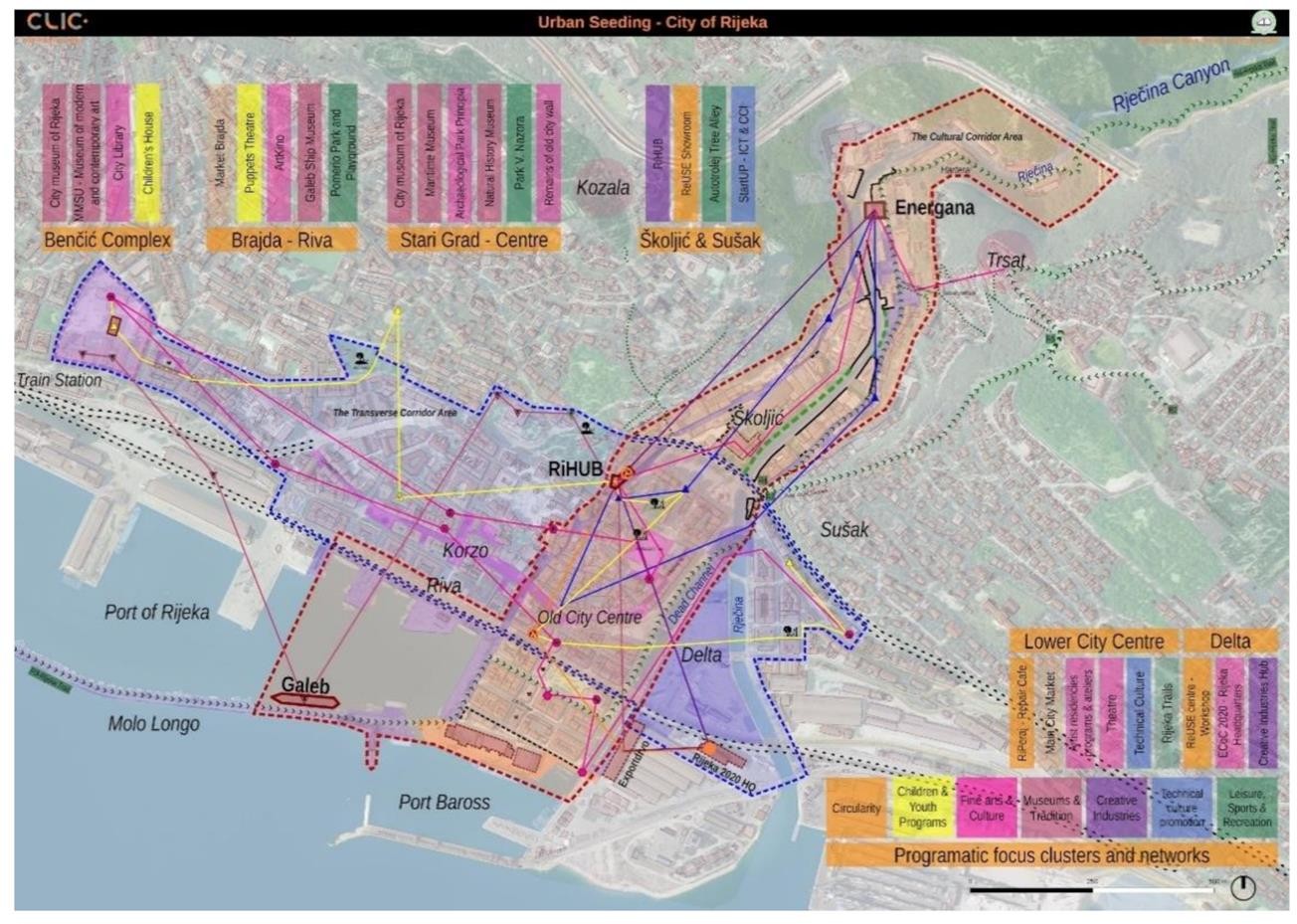
The new plans change the look of the entire pilot area.
Private concessionaire is starting to build the largest nautical marina in this part of the Adriatic, which will greatly change the look of the city center, i.e. the pilot area. The marina should be finished in 2025.
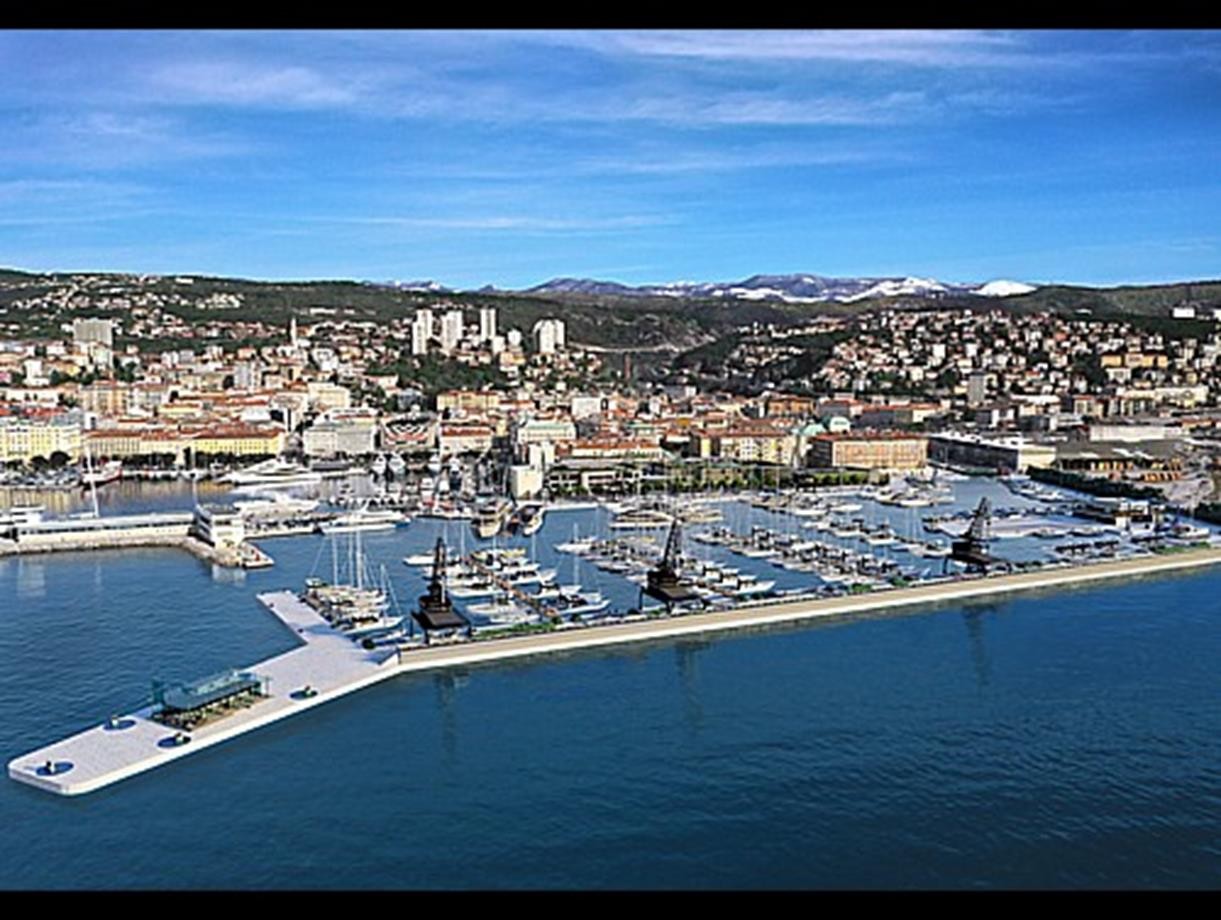
STRATEGIC DOCUMENTS
When we talk about the sustainability of the TEMPUS project and the future implementation of activities, it is important that the basic results achieved through the project become an integral part of the strategic documents of the City of Rijeka. It is the presence in strategic documents, as well as in the budget, that will ensure the sustainability and future implementation of projects and activities, as described in the Rijeka PCUS.
Adoption of the City Of Rijeka Development Plan
According to the City of Rijeka Development Plan 2021. – 2027., Rijeka is focusing on the use of its own resources and existing advantages in the new global context: the port and shipyard and their industrial infrastructure and geo traffic position. The technological heritage and the knowledge derived from it will be connected and directed towards green and digital technologies. Creative industries and culture should remain and continue to develop as an essential component of the development of the city and its tourist offer. The city will be directed towards the development of innovative models of tourism management and the development of the tourist offer.
Again, according to the City of Rijeka Development Plan 2021. – 2027., in Rijeka 2030, the former industrial region between the sea and the city centre has been revitalized and made accessible to locals, visitors, and small enterprises. It has a highly developed sense of community and a high standard of living in neighbourhoods that people can identify with, where they have access to public and commercial facilities, greenery, and other forms of public life without having to use a vehicle, which encourages them to take part in local activities and connections and makes Rijeka more attractive as a place to live. The city utilizes and revitalizes existing structures as well as resurrected industrial and cultural assets to dispose of the space.
CONCLUSIONS
As already stated above, TUA Rijeka, i.e. the pilot area, had no infrastructure investments, and therefore no classic opening. What was wanted to be achieved and what was achieved through the implementation of the TEMPUS project activities is the creation of a coherent picture of the pilot area, through the unification, mapping and definition of cross-sectional elements of cultural and natural heritage, permanent, temporary and occasional uses of this heritage through various types of manifestations, and defining focal points and projects important for the further development of the area. In order to achieve the above, it was crucial to use already existing projects and initiatives, to form groups made up of experts and interested stakeholders, and to include the conclusions and project results of the TEMPUS project in the strategic and implementation documents of the City of Rijeka (e.g. the budget). Public benefit can also be understood in other senses: cultural, educational, developmental, symbolic, identity etc. The preserved and valorised cultural heritage is therefore one of the pillars of a sustainable society, since it builds national affiliation and strengthens our sense of space, creates favourable conditions for economic prosperity in society, contributes to protection of the environment, actively creates social bonds and contributes to the health and well-being of all.
One of the examples of this is the further implementation of the EXPORTDRVO project, which was recognized and conceptually defined in the TEMPUS project. The Exportdrvo Hall was built in 1961, with the explanation that it was the first modern warehouse for housing wooden final products that are transported through the port of Rijeka. The Exportdrvo hall, which has an area of 5,400.0 m2, will become a new old location where the citizens of Rijeka, numerous guests and random passers-by will have the opportunity to enjoy exhibitions, concerts and festivals inside the hall, as well as at the maritime area outside the hall.
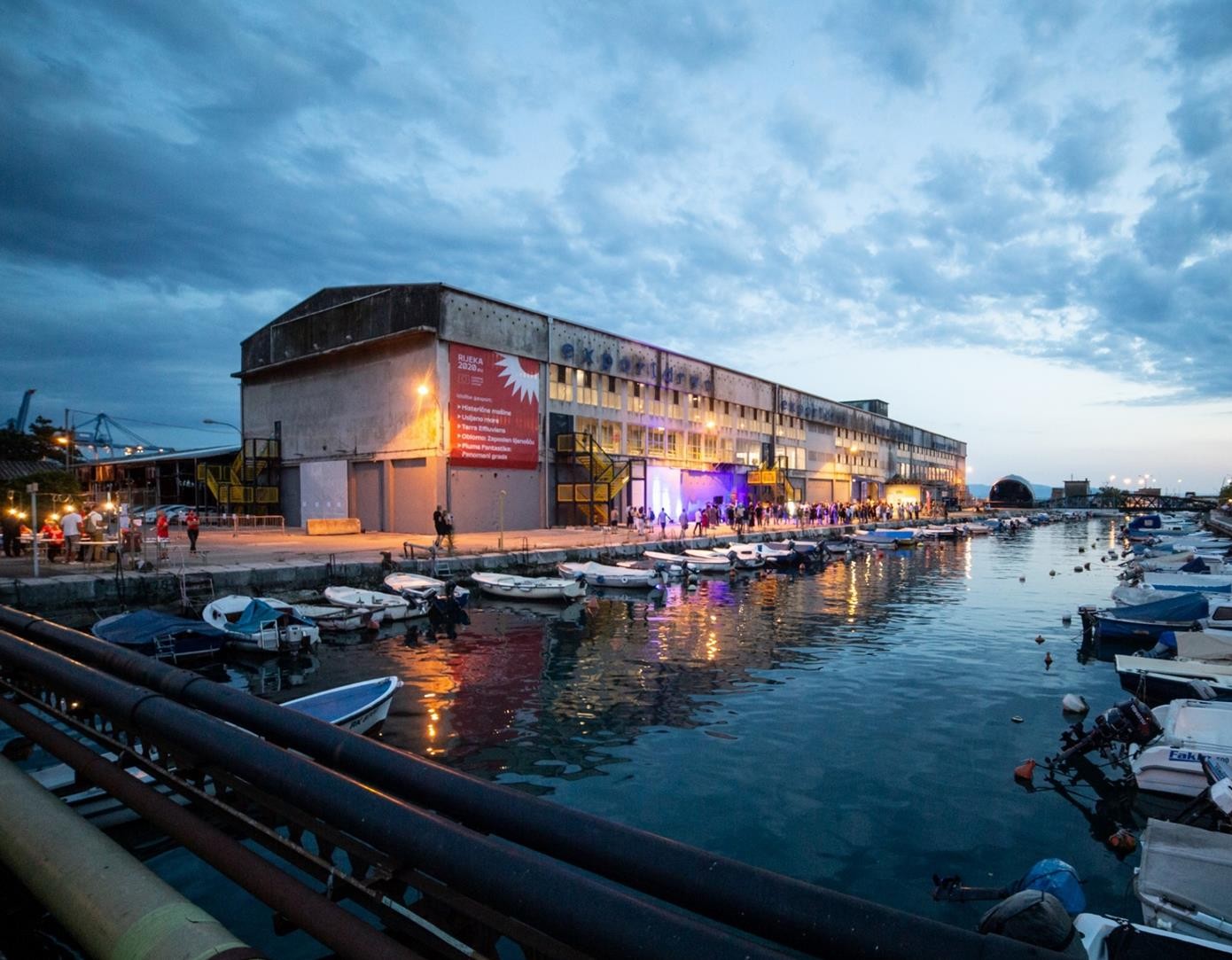
The only area that we will have to work on even after the end of the project is the participation and participation of the general public in the definition and implementation of projects that will be developed as a capitalization of the TEMPUS project.
